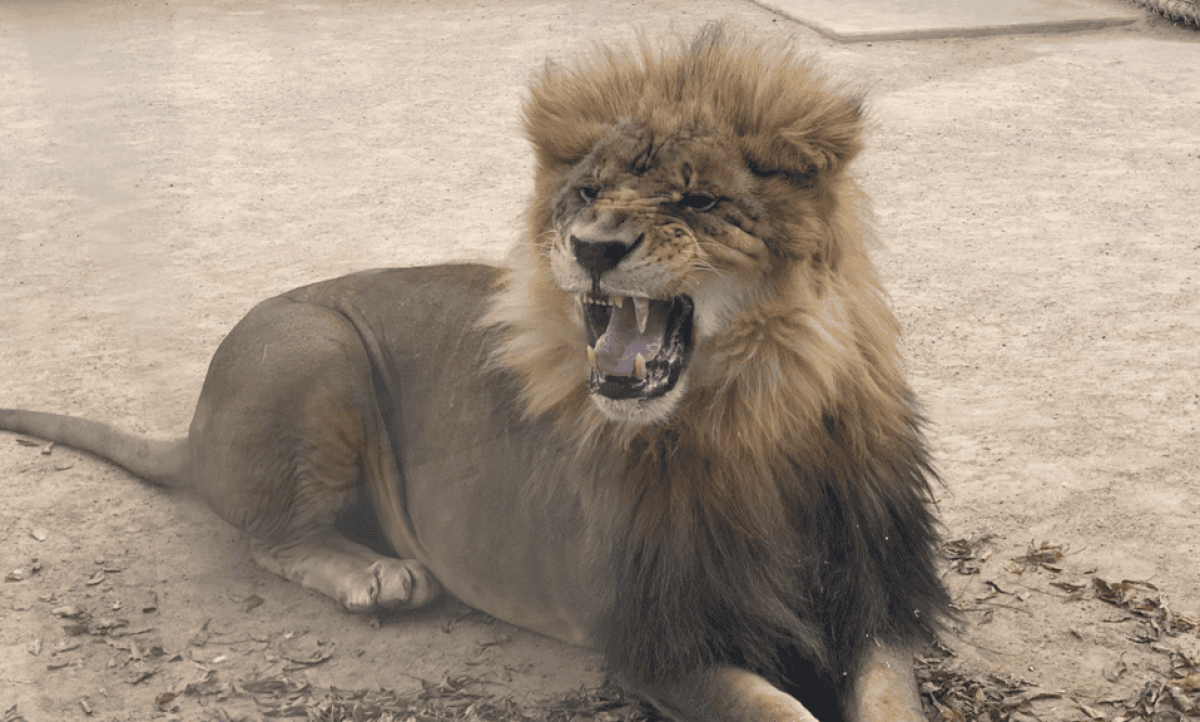The Stink Face in Cats: Understanding Feline Facial Expressions

Cats are known for their myriad of quirky behaviors and expressions, but one of the most puzzling—and amusing—might just be what many cat owners affectionately refer to as the “stink face.” This curious expression can leave observers both bewildered and entertained, but what exactly is the stink face, and what does it signify? In this article, we will delve into the science behind this unique feline feature, its origins, and its implications for understanding cat behavior.
What is the Stink Face?
The “stink face” is characterized by a combination of squinted eyes, wrinkled nostrils, and often a slightly open mouth as if the cat has just caught a whiff of something particularly unpleasant. While this expression might be humorous to onlookers, it serves a significant purpose in the feline world, rooted deeply in biology and instinct.
The Flehmen Response
At the heart of the stink face phenomenon lies a biological behavior known as the Flehmen response. When cats encounter strong smells—be it the scent of a potential mate, food, or any other intriguing odor—they often curl back their lips and lift their nose. This posture enhances their ability to capture scent particles that are essential for the detection of pheromones, which play a crucial role in feline communication and behavior.
By using a specialized organ called the vomeronasal organ (or Jacobson’s organ), located on the roof of their mouth, cats can analyze these scents more deeply. This organ allows them to “taste” the smell, offering vital information about their environment, potential mates, and other cats. The stink face is essentially a visual cue of this olfactory exploration, showcasing a cat’s keen interest in its surroundings.
Why Do Cats Make the Stink Face?
The stink face can manifest in a variety of scenarios, and understanding why cats make this expression can help owners better interpret their pets’ behaviors:
- Exploring New Scents: Cats are intrinsic explorers, and they often come across new smells in their environment. The stink face is a way for them to gather more information about these novel scents, especially in outdoor settings.
- Encountering Strong Odors: Whether it’s food, the scent of another animal, or something potentially threatening, a strong smell can trigger the stink face as a way for the cat to fully assess the situation.
- Social Signals: In multi-cat households, observing another cat’s odor can elicit a stink face, especially when one cat is marking territory or sending pheromonal signals.
- Reproductive Behaviors: For unspayed female cats, the stink face is commonly observed during heat cycles when they are trying to signal their reproductive status to potential mates.
Signs to Watch For
While the stink face is a typical response, it’s important for cat owners to be aware of the context in which it occurs. Observing other body language signals, such as tail position, ear orientation, and overall behavior, can provide a more comprehensive understanding of what your cat might be experiencing.
For instance, if a cat is making the stink face while hissing and retreating, it may indicate discomfort or fear. On the other hand, a relaxed cat with a slight stink face while investigating a new flower could simply be expressing curiosity.
Conclusion
The stink face is more than just a quirky cat expression—it’s a distinctive way for felines to interpret and interact with their surroundings. Understanding this behavior can deepen the bond between cat owners and their pets, highlighting the intricate ways our furry companions communicate with the world. Next time you catch your cat making the stink face, remember that beneath that funny exterior lies a sophisticated creature utilizing its keen sense of smell to navigate the complexities of its environment. So, whether your cat is giving the stink face to a new houseplant or reacting to a stray scent outside, it’s just another reminder of the wonderfully unique world of feline behavior.



